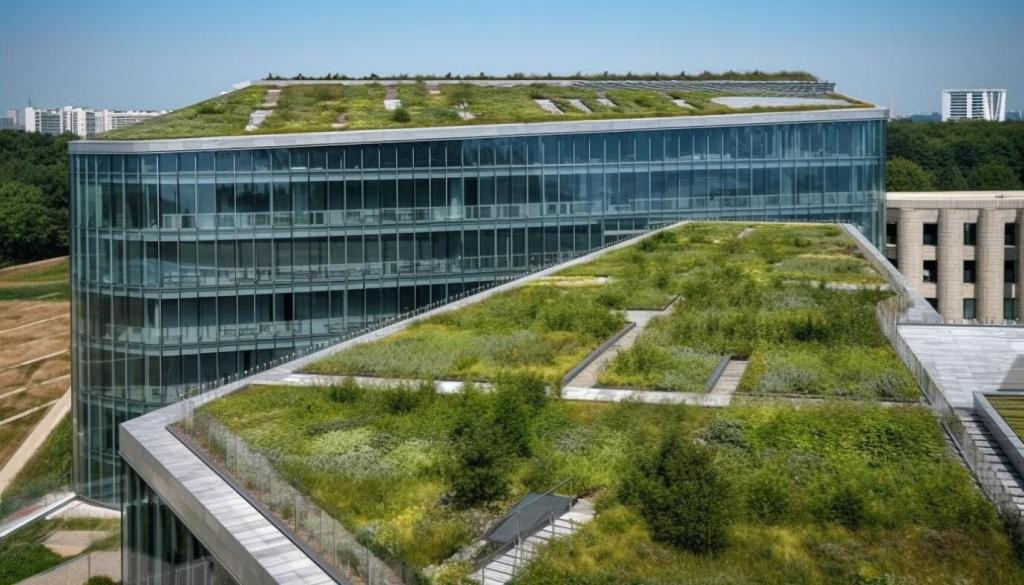Emerging Green Technologies in Home Construction
Emerging green technologies are transforming the way homes are designed, built, and operated. By incorporating sustainable materials, innovative building practices, and cutting-edge energy systems, today’s home construction is more eco-friendly, efficient, and conscious of environmental impact than ever before. As concerns about climate change and resource depletion grow, embracing green technologies in residential construction is not only responsible, but also increasingly accessible and beneficial for homeowners and the planet alike.


Energy-Efficient Home Design
Passive Solar Design
Passive solar design is an ancient concept that modern technologies have revived and refined for today’s green homes. By strategically orienting windows, walls, and floors to collect, store, and distribute solar energy, homes can be naturally heated and lit with minimal need for artificial interventions. Advances in glazing technology, shading devices, and building envelopes allow architects and builders to harness the sun’s energy efficiently, reduce reliance on mechanical systems, and create interiors that are comfortable year-round.
High-Performance Windows and Doors
Windows and doors are notorious points of energy loss in traditional homes, but innovative green technologies have dramatically improved their performance. Energy-efficient windows utilize multiple glazing layers, low-emissivity coatings, and inert gas fills to minimize heat transfer while maximizing natural light. Similarly, advanced sealing techniques and materials for doors prevent drafts and leaks. These modern solutions drastically reduce heating and cooling demands, saving energy and supporting the goals of sustainable construction.
Smart Home Energy Management
The integration of smart home systems has elevated energy efficiency to new heights. Automated controls for lighting, heating, cooling, and appliance operation allow homeowners to minimize waste while maximizing comfort. Machine learning algorithms adapt to household patterns, adjusting settings to ensure optimal energy use. These systems often provide real-time feedback, making it easy for residents to track and adjust their consumption, further supporting the pursuit of greener, more sustainable living.

Solar photovoltaic technology has seen rapid advancements, making it more efficient, affordable, and visually appealing for residential installation. Modern solar panels can be seamlessly integrated into roofing materials or placed discreetly on property, capturing sunlight and converting it to electricity. Battery storage systems further enhance their functionality, allowing homes to store excess energy for use during cloudy periods or peak demand times. Adopting solar technology reduces reliance on fossil fuels and provides homeowners with long-term energy savings.

While solar is the most common renewable energy source for homes, small-scale wind turbines are gaining traction, especially in areas with favorable wind conditions. These compact systems can be installed on rooftops or as standalone structures, generating electricity to supplement a home’s energy needs. Recent engineering improvements have made wind turbines quieter and more effective in a variety of environments, making them a viable option for off-grid homes or those looking to diversify their renewable energy sources.

Geothermal systems offer an efficient and sustainable approach to home climate control by leveraging the earth’s stable underground temperatures. Piping systems circulate fluid beneath the surface, either drawing heat up during winter or dissipating excess heat in summer. While the upfront installation costs can be significant, the long-term savings and minimal environmental impact make geothermal an attractive option for homeowners committed to green living. Ongoing advancements in drilling and heat exchange technology continue to improve their efficiency and accessibility.
